Situated approximately 200 meters from Nghinh Phong Cape and the base of Nho Mountain, Hon Ba Island (located in the Bai Sau area of Vung Tau City, Ba Ria – Vung Tau Province) is renowned for its pristine beauty, spiritual significance, and historical value.
The island features a temple of the same name, drawing locals and tourists who come to offer incense and conduct ceremonies during the full moon in January, April, July, and October according to the lunar calendar.
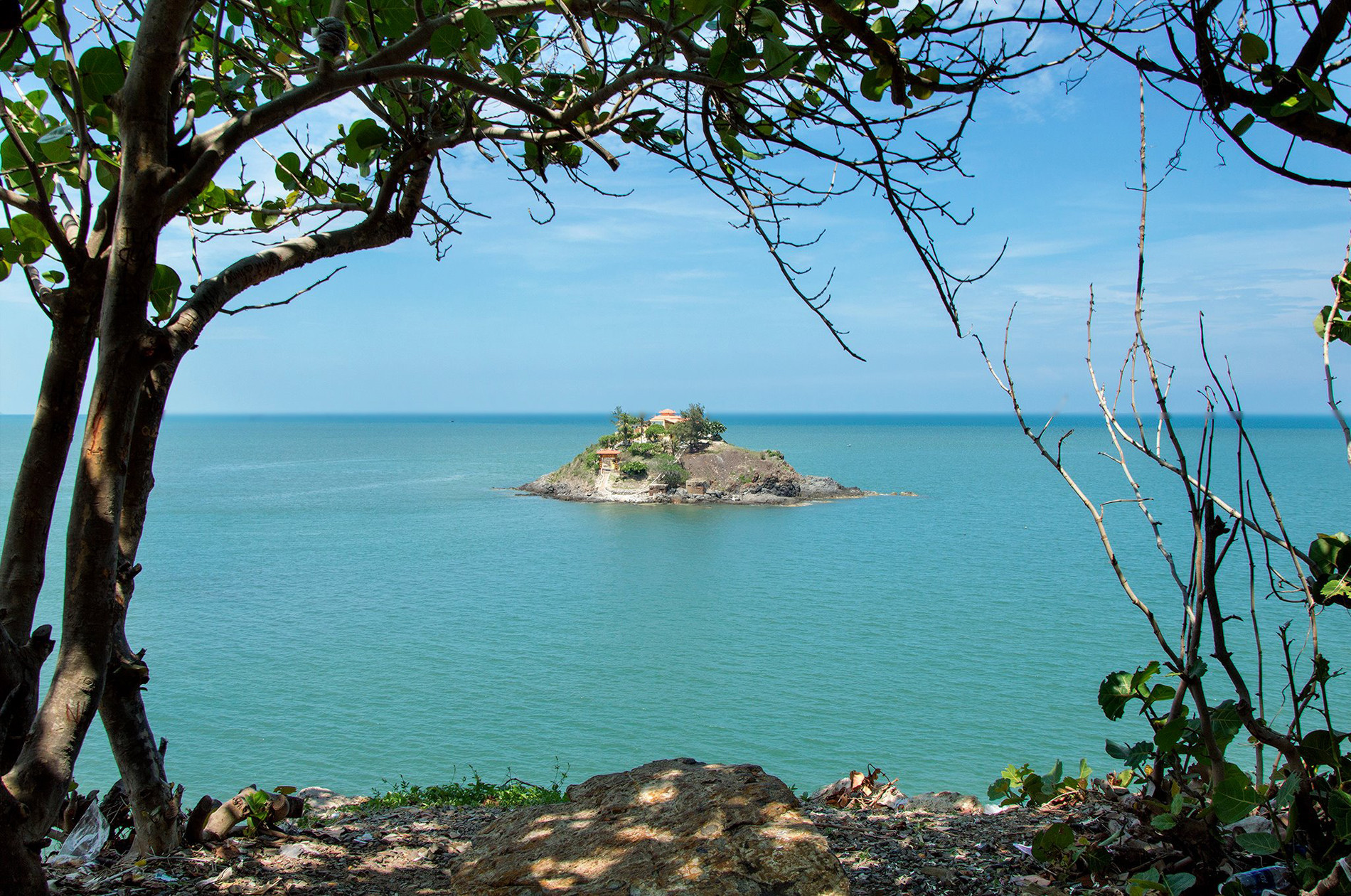
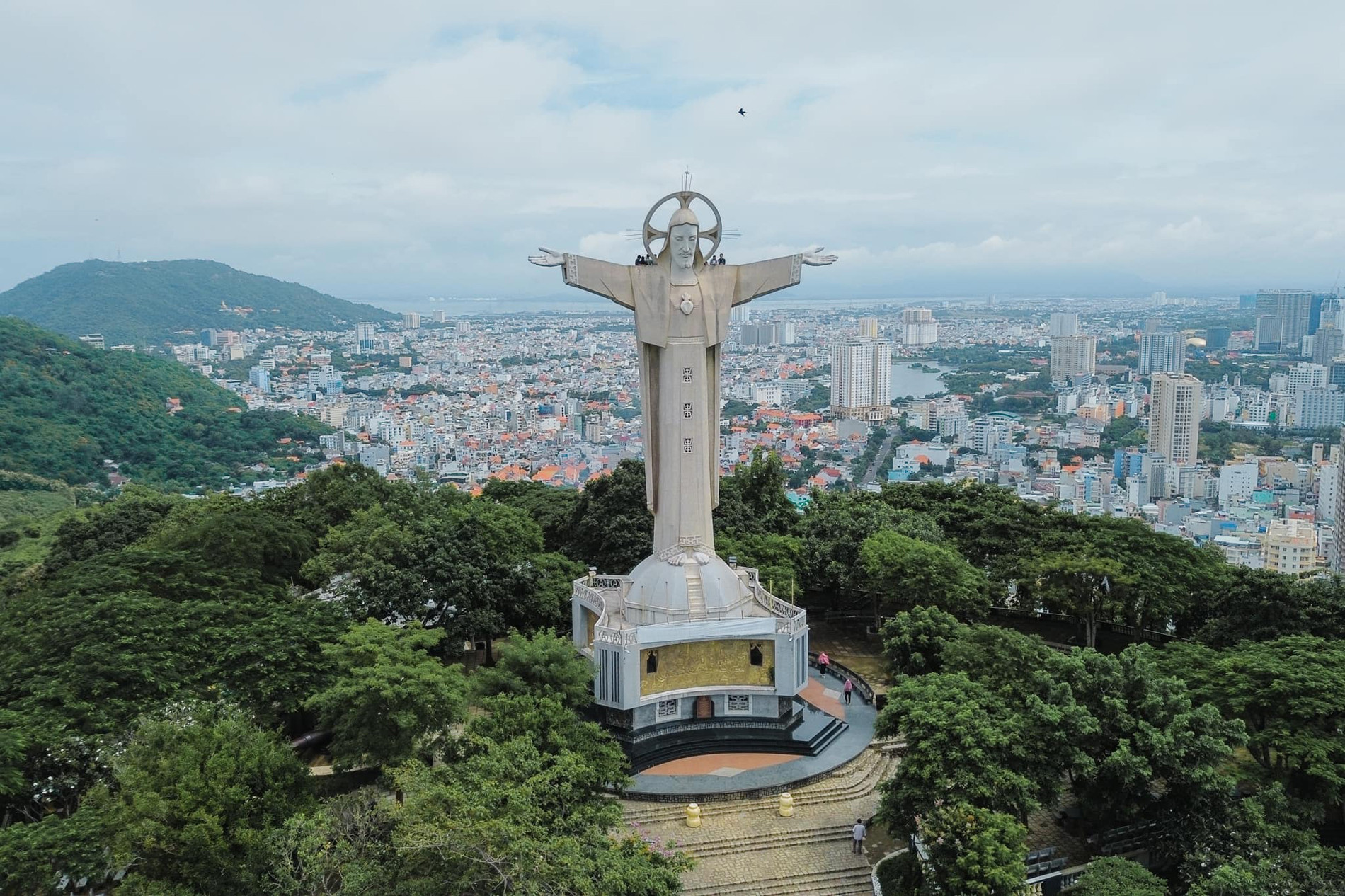 |
 |
According to legend, the Hon Ba Temple was established in the 19th century to honor the Water Dragon Goddess, who is believed to regulate the climate, aiding fishermen in their livelihoods. Thus, the temple is also known as Ba Temple.
The worship facilities within the temple have undergone several restorations, evolving into a well-maintained site that serves the spiritual needs of both locals and visitors. Its unique geographical location on a small island makes Hon Ba Temple one of the most distinct temples in Vietnam.
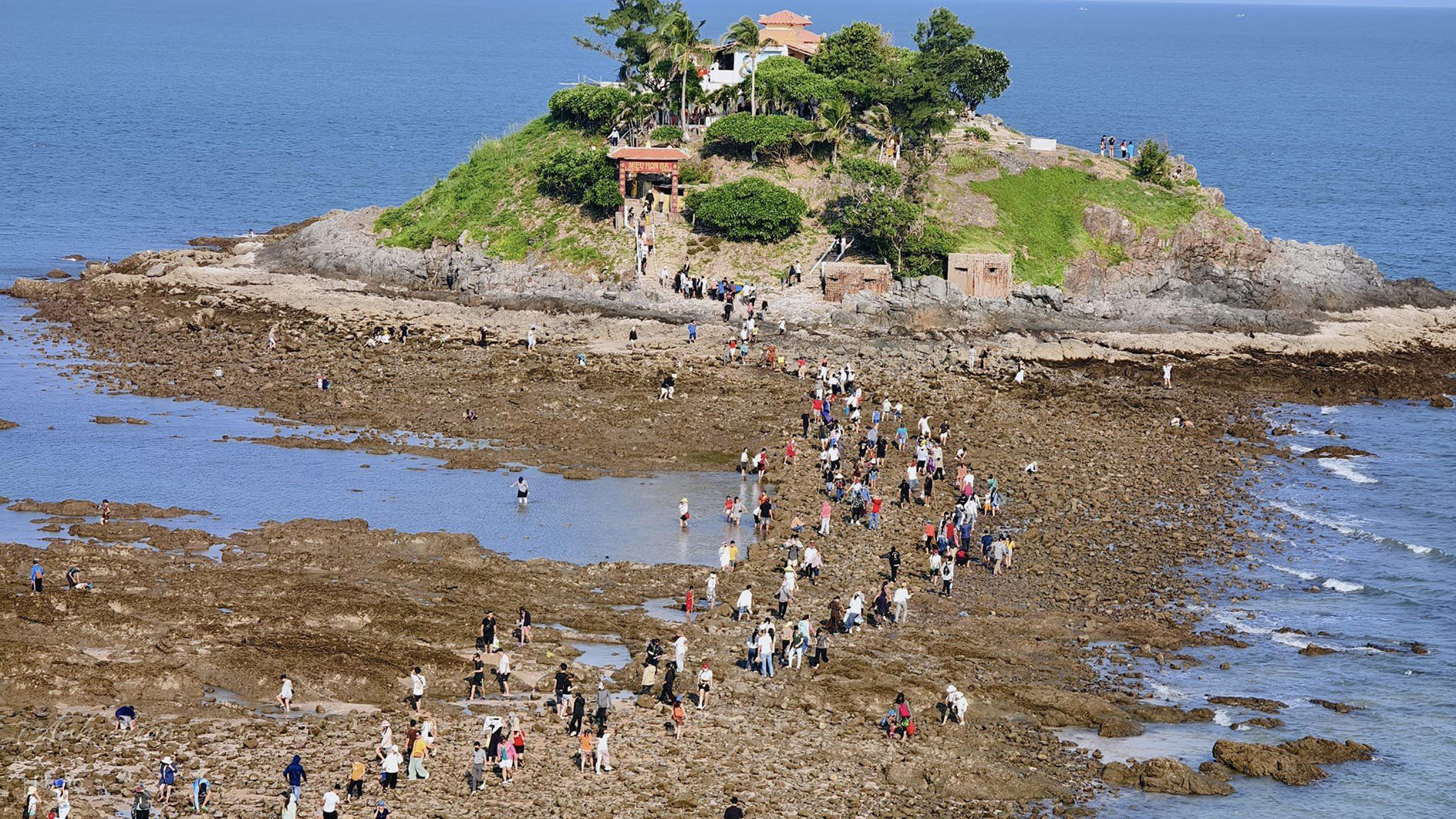 |
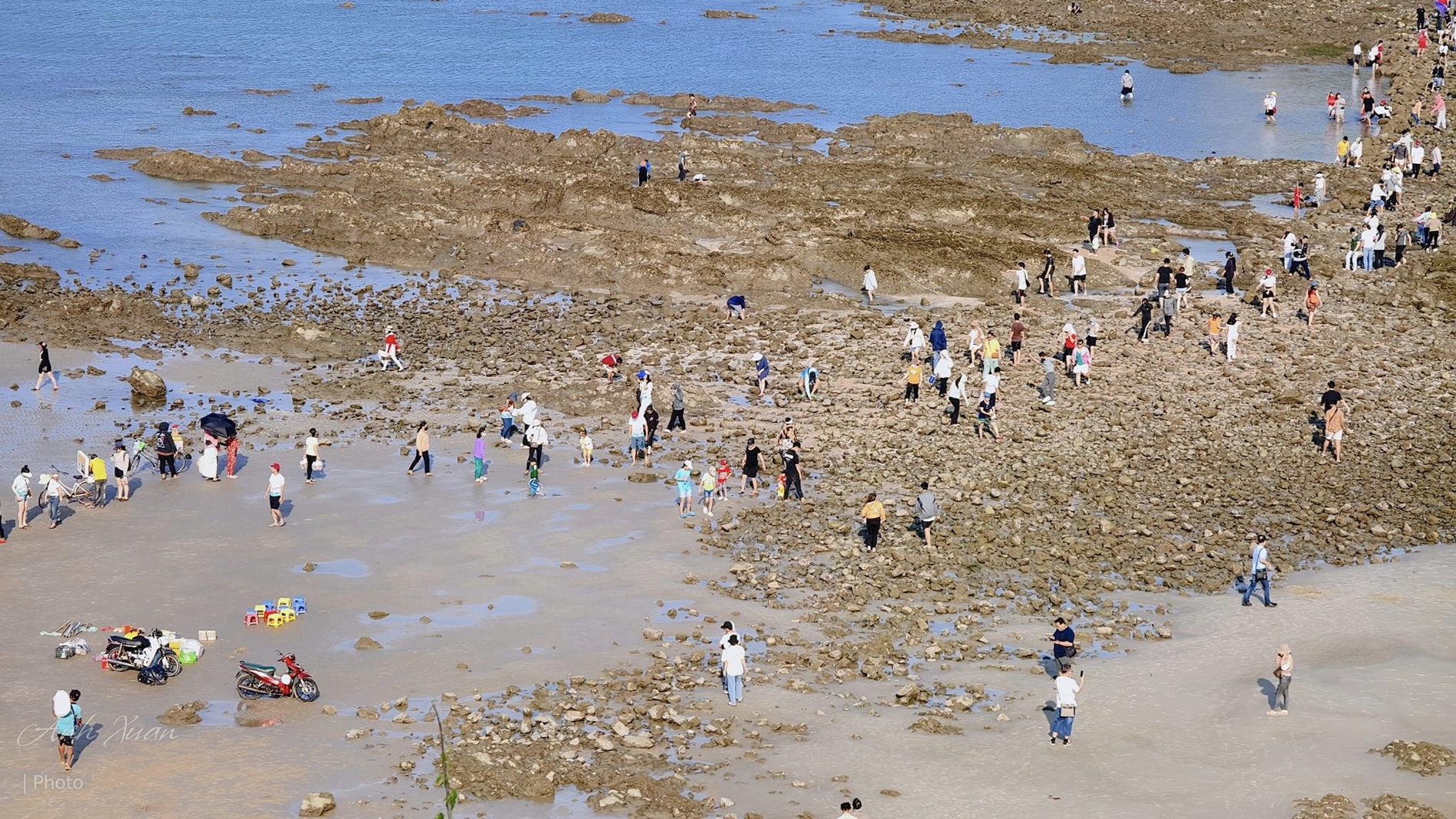 |
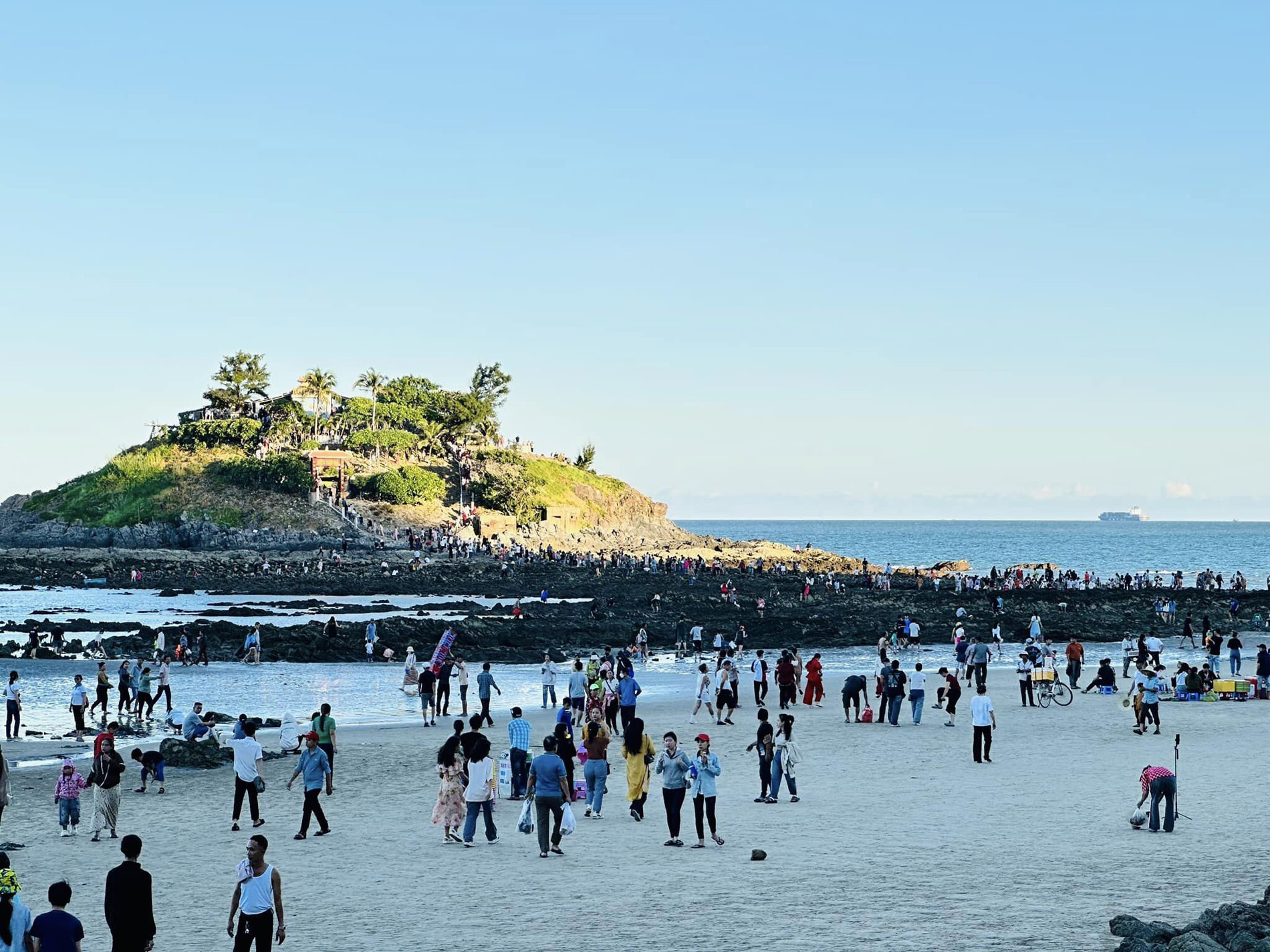
The path emerges only when the tide is low, making it crucial for visitors to time their visit carefully. The 15th and 16th of each lunar month are particularly favorable as the sea recedes the most, offering the best chance to walk across the path.
However, the path is quite slippery, covered with pebbles and oyster shells. Visitors should wear appropriate footwear to ensure safety and avoid injury.
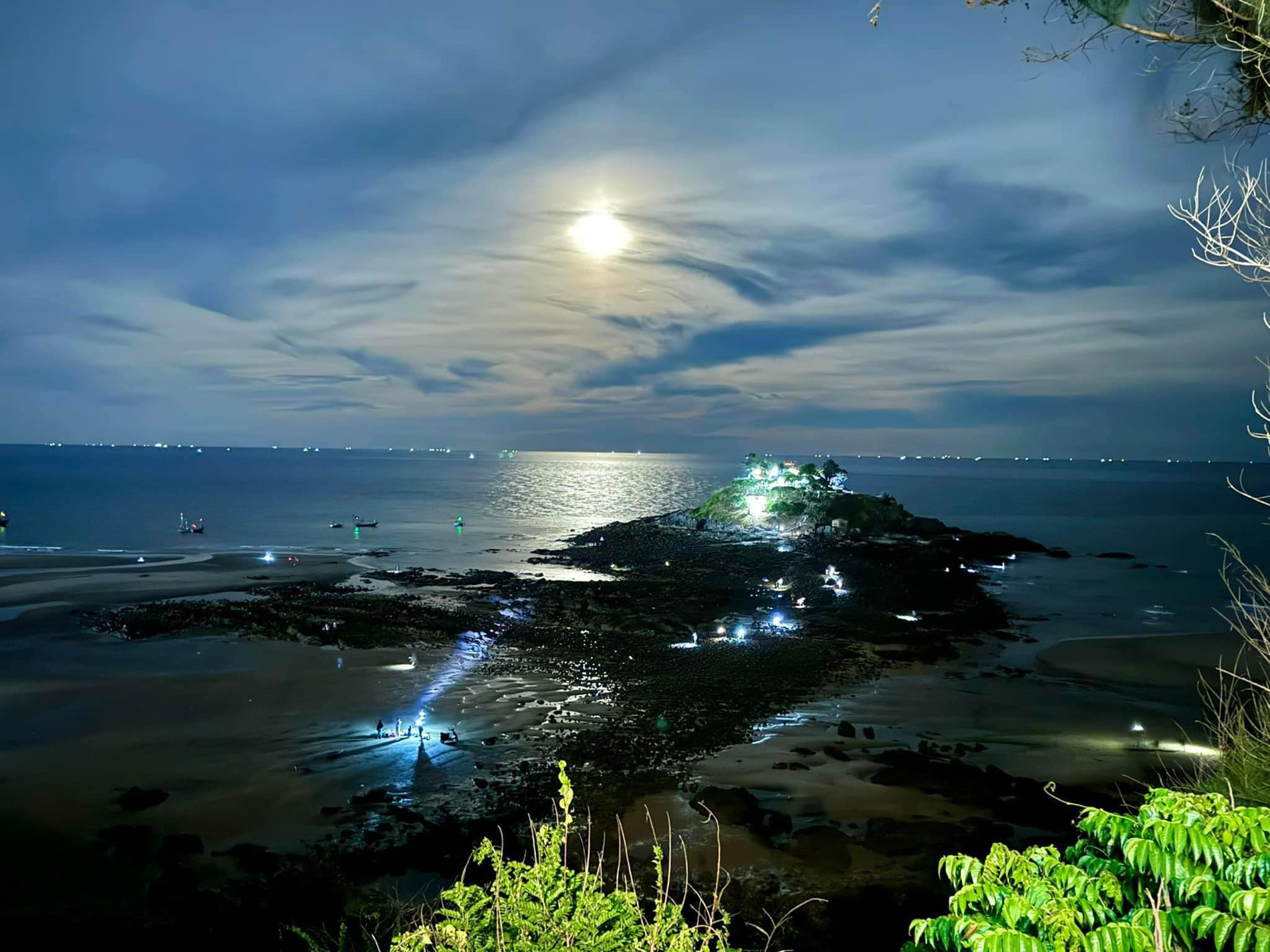
On days when the sea level rises, visitors can opt for a boat or motorboat to reach the island. Direct access from the mainland is not possible; instead, visitors must navigate around the sea and dock on the east side.
According to the Ba Ria – Vung Tau Investment, Trade, and Tourism Promotion Center, Hon Ba Temple sits about 4 meters above sea level. Below, historical war relics are preserved, including a 6-meter long, 3-meter wide bunker that once served as a secret revolutionary meeting site.
The temple hosts four annual ceremonies based on the tidal schedule: in January, April, July, and October (lunar calendar). Each October 16th, the Thang Tam Shrine Management Board organizes a ceremony to welcome the Goddess from Hon Ba Temple and Ba Ngu Hanh Temple.
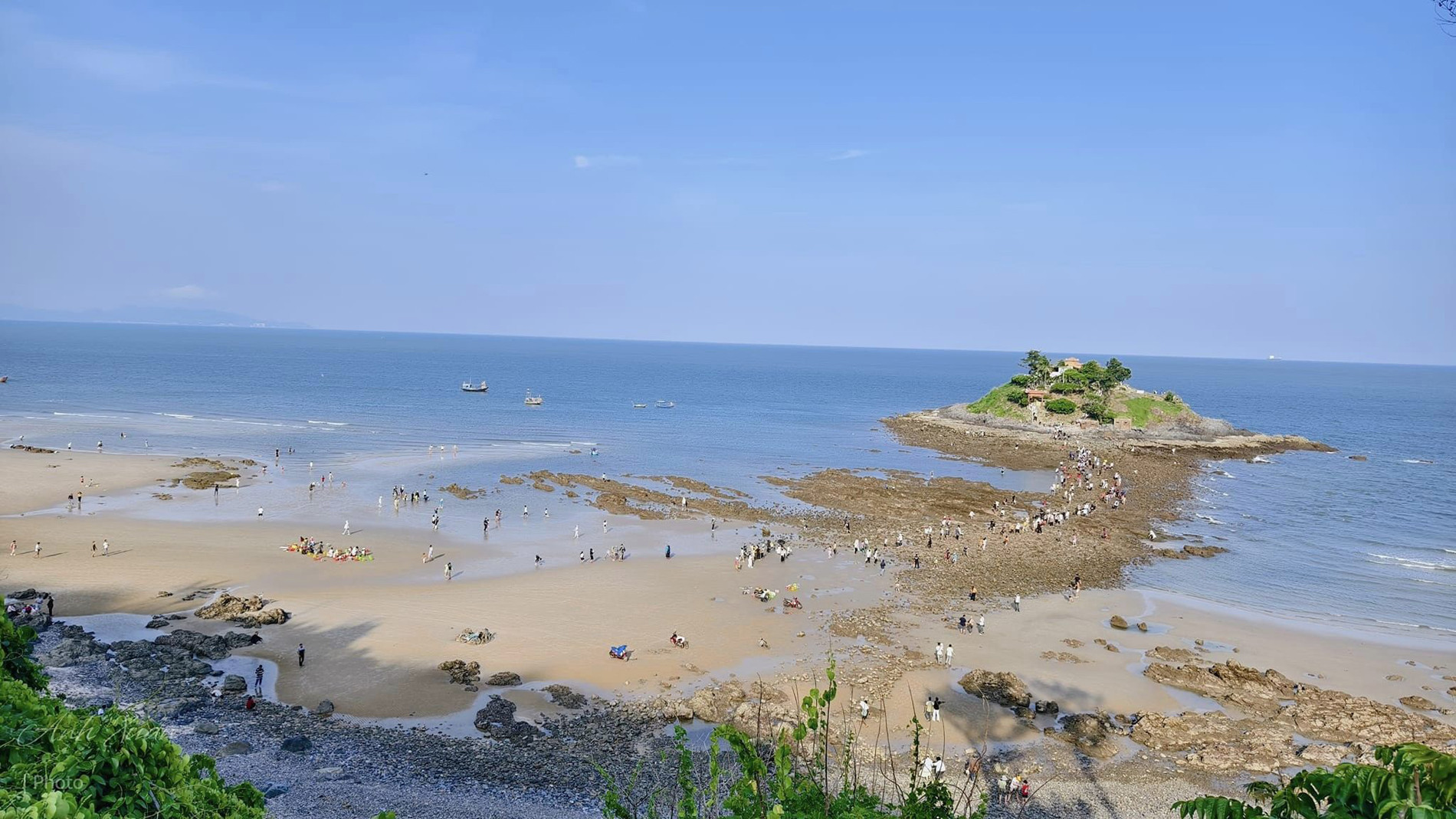
Mr. Le Quang Duong, Deputy Head of the Thang Tam Shrine Management Board, mentioned that Vung Tau City leaders have discussed plans with the management board to construct a bridge to Hon Ba, aiming to facilitate access for both locals and tourists.
Despite these developments, the unique path leading to Hon Ba will be preserved to maintain the destination’s natural allure.
For those planning a visit to Hon Ba, monitoring weather forecasts and tidal schedules is essential. Visitors should wait until the water fully recedes and the path becomes clearly visible.
Wearing high-friction shoes and planning the visit to return to the mainland before the tide rises are also advisable for safety.
Thao Trinh